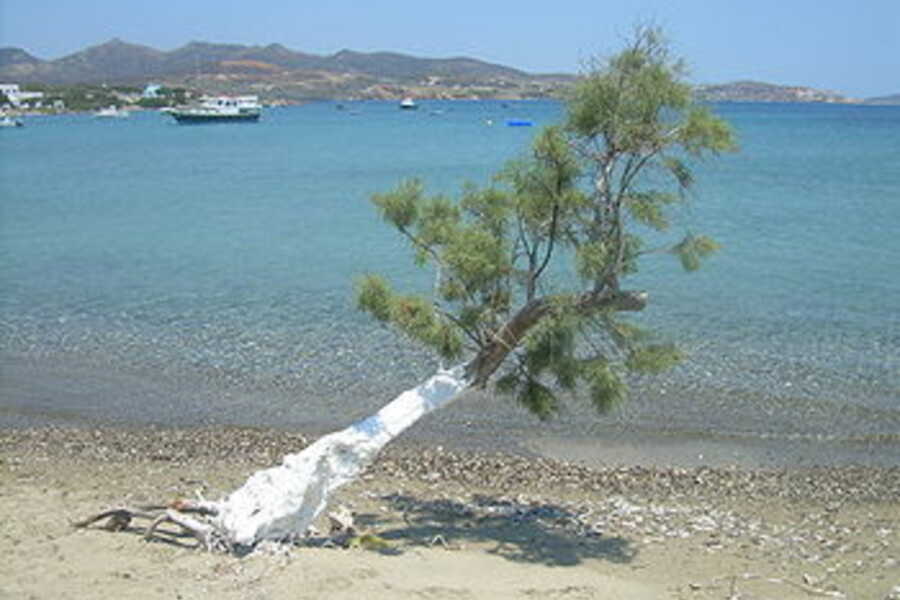How we can use Biomimicry to design? This design approach is not linear but cyclic it has three basic procedures scoping, creating , evaluating which are connecting with biology and to each other. So first of all the designing team has to figure out what is the real challenge and what are the top functions that they want their design to meet. In our case the challenge is to design a shelter which must protect the inhabitants from the elements, create a comfortable secure environment and provide a healthy place. The next step is to biologize the problem so we asked: How does nature protect from the elements? After that the team has to define the design in brief and state the non-negotiables. We chose to design a house in a Mediterranean coastal area where the climate is hot and dry especially in the summer. So although there is lots of water due to the see there is very few drinking water cause there is very few rainfall. The non-negotiables for our design taking into account the life’s principle. Our house must protect from the elements use multi-function design for example roof has to protect from elements but also collect rainwater and solar energy. We’ll have to use readily available materials. Then looked in books and the internet trying to find examples of plant and living spices that can be inspiration for our design. We find that shells construct their shell using silicon a material that is very stiff but at the same time requires very few resources proteins and energy. We found some plants called armirikia that can withstand the drought and can use salted water .To do so he has very thin and small leaves (another example more common here is cacti) and large roots. We also find that the lizard turns its face to the sun in order has the minimum surface exposed to sun light. The scorpion is hiding inside sand or between rocks during the day and comes out to hunt at the evening. Furthermore camel has large spaces to store water in its body so that it can withstand a large drought using its own reserves.
Design using biomimicry

A challenging and intressting workshop

